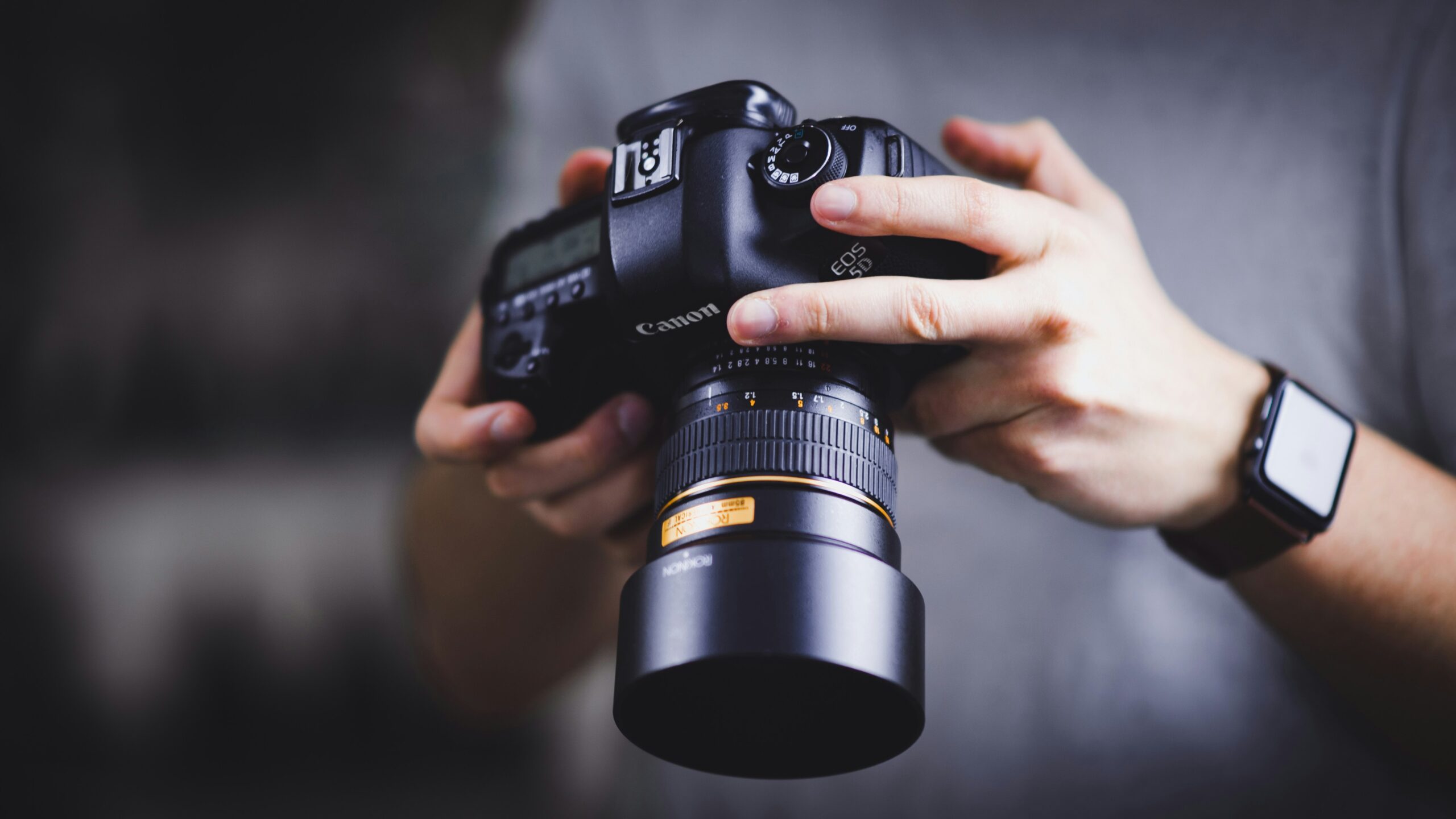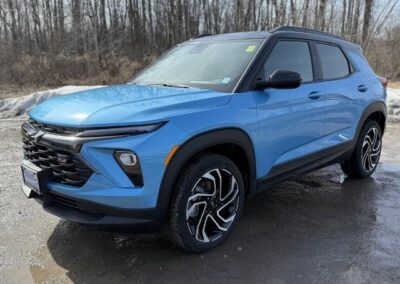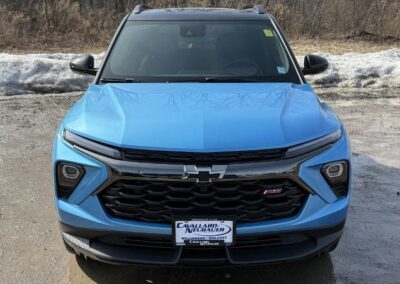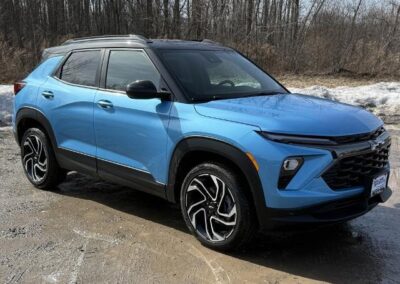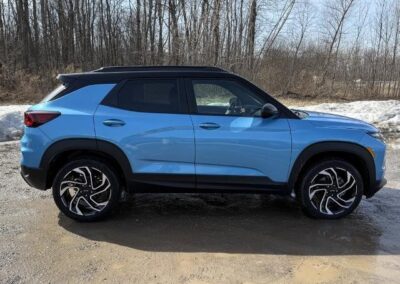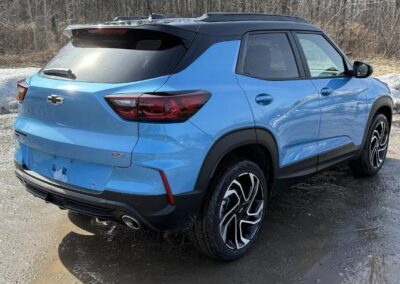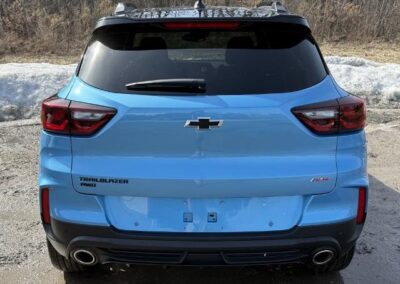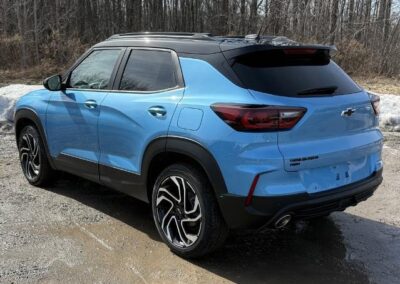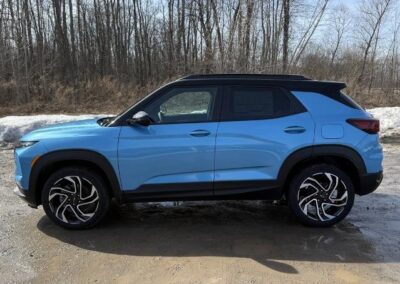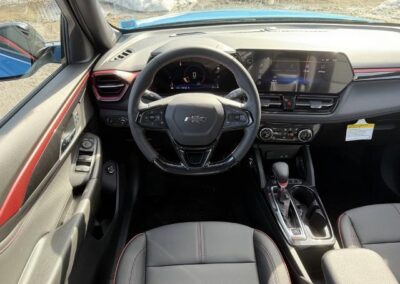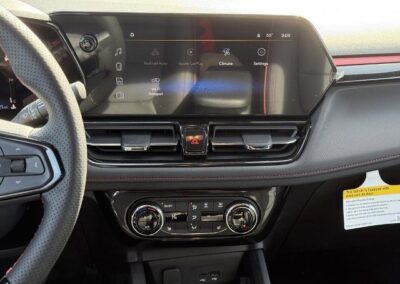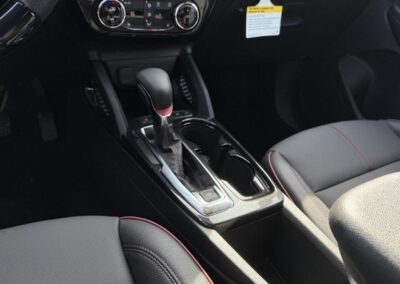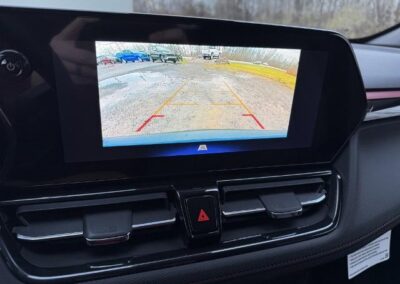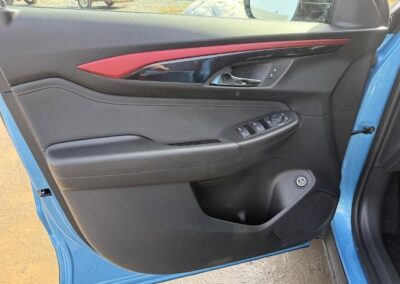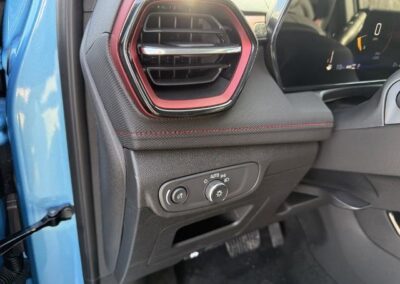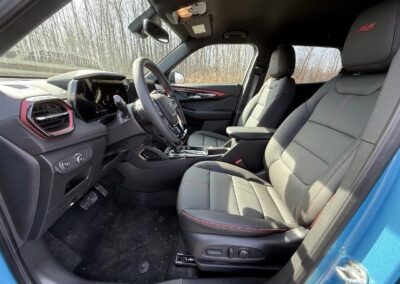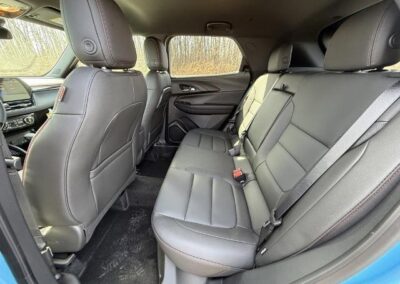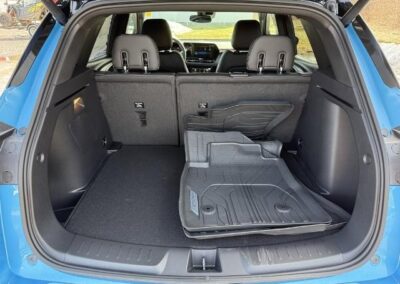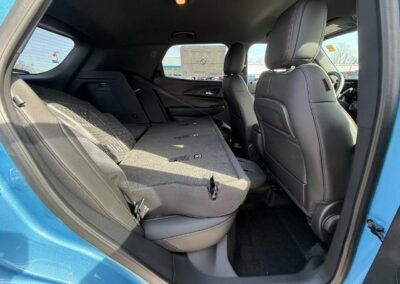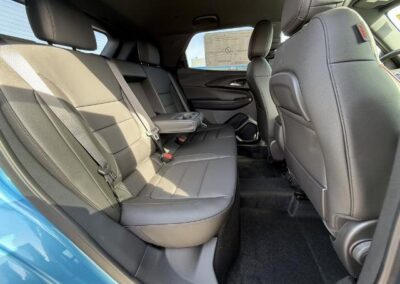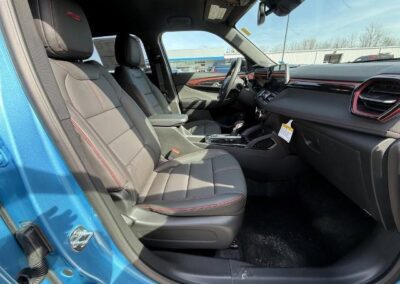High-quality vehicle photography is no longer a luxury for automotive sales, it is a necessity. Building upon our previous discussion of the benefits of professional vehicle photography, this post delves into the essential practices for capturing amazing images that resonate with potential buyers. We’ll explore techniques from composition and lighting to staging and equipment, providing actionable insights to elevate your vehicle listings and drive sales.
Composition & Technique Matter
While the majority of Americans have cameras in their pockets, that doesn’t make everyone a photographer! In order to have your vehicle photos be the most effective, it is important to employ proper composition principles and techniques. Luckily, these skills are not complicated to learn and are easily teachable.
1. Keep your shots centered and level.
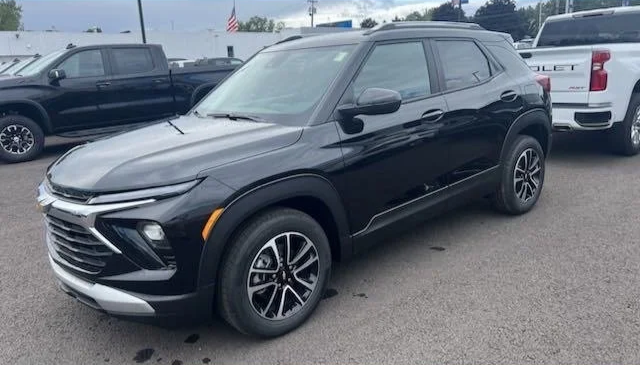

Most smartphones are equipped with technology to aid in keeping your shots level. To help with keep your photos level, we would also recommend taking your shots at eye-level. This helps to present each vehicle organically without distortion.
2. Lighting matters!
To create a uniform effect in your photos, it is best to take your photos in natural, diffused light, while avoiding harsh shadows. This is typically captured during the “golden hour” of each day – i.e. early morning and late afternoon when the sun is low in the sky, which creates warmer tones, softer shadows, and flattering light.
We would advise against using direct flash, as this can create unflattering reflections and make the body angles of the car look harsh. Have the sun behind you for as much of the day as possible, because this casts shadows away from the car. Overcast is your best friend, don’t be afraid to work in the rain and snow.
Indoor vs. Outdoor Photographs

If you are taking photos indoors, consistent lighting is incredibly important. Our recommendation is to use Dark Mode/Night Sight when photographing the interior of a car while indoors. This helps to highlight the car’s features without needing to use a flash.
Additionally, if you are taking photos of your vehicles within your showroom, wait until it gets dark outside. The amount of light and windows in a showroom can create a lot of reflections on the car, which can throw off the white balance, highlights, and lowlights. By capturing your images when it is dark outside, it removes all exterior light and creates more consistency in your shots.
We’ll be exploring the importance of lighting further in a future blog post!
3. Capture the car from all angles.
Showing Off the Features & Details of a Vehicle
Keep Your Cars Clean & Your Listings Transparent
An important part of delivering that experience is to make sure the cars your photographing are clean – your vehicle detail team are your best friends here. Additionally, to ensure you are maintaining transparency in your listings, it is essential to take your photos while the vehicle is running – and running properly. This verifies there are no warning lights on (tire pressure, check engine, etc), and shows off important aspects like the infotainment system. We have found that when a vehicle has a warning light visible in the listing, the click-out rate skyrockets to 50%. In some cases, we’ve seen our click-though rate accelerate to 75% for applicable listings.
A Staging Area For Your Photos Will Pay Dividends
One of the most important aspects of photographing vehicle inventory is establishing a staging area for your photos. Whether this is a designated studio space or area on your lot, this helps create consistency throughout your image catalog. It is best to use an area that is free of clutter and background noise, and most importantly, other vehicles (if possible). We prefer to photograph vehicles in front of a more natural setting to show the vehicle in space. This allows us to create more negative space to highlight the exterior of the vehicle. It also helps to add context and personality to your listings.
Use AI Generated Backgrounds Sparingly
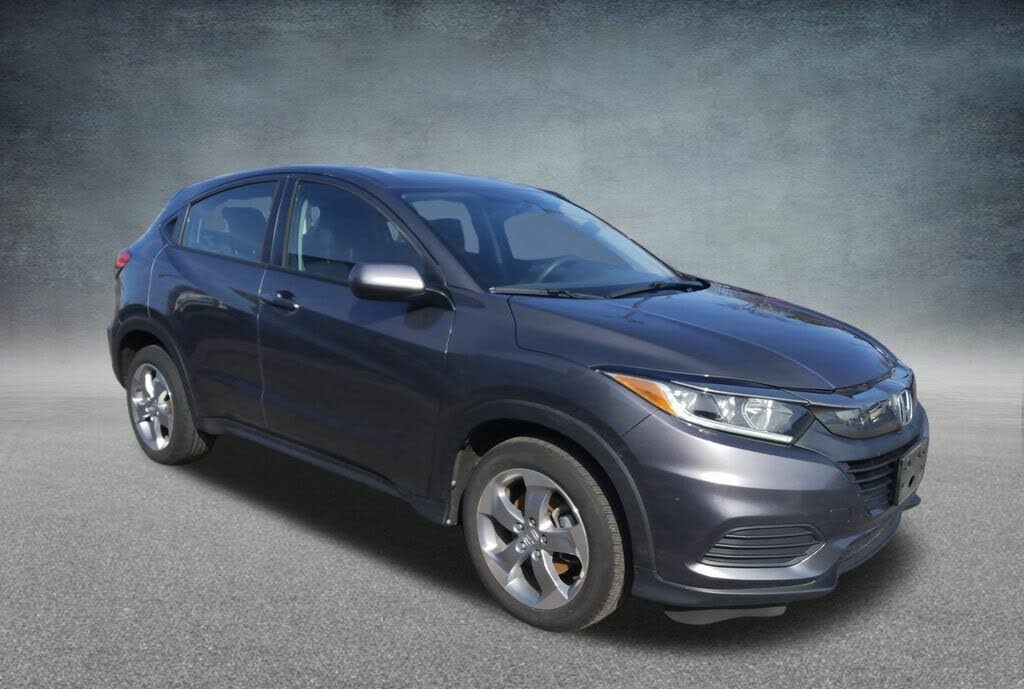
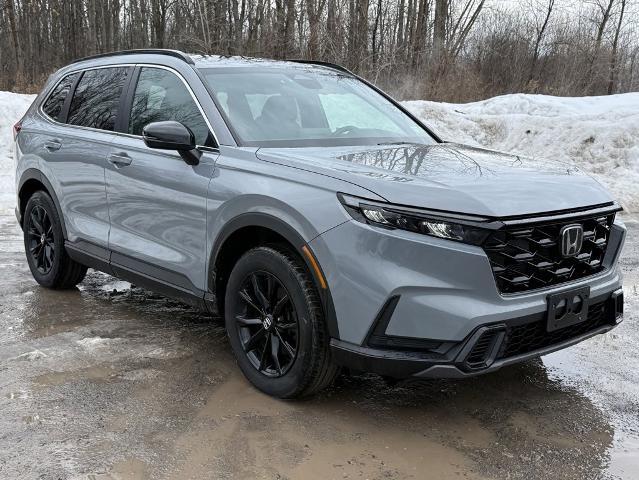
We recognize AI tools are not going anywhere. These tools are designed to ideally make our workflows more efficient, but time-savings does not always equate to a great user experience. AI/CGI backgrounds are gaining popularity for their ease of use, but in certain cases, it can leave your images having something of an uncanny valley effect. Virtual backgrounds can present your images as being ungrounded or the vehicles may seem out of place. This is especially true if you take your photographs outdoors. You might be able to erase the background, but these tools typically do not remove the reflections and shadows shown on the car itself.
AI-generated backgrounds can be acceptable if your photos taken are inside or within a photo studio. Your lighting should be more consistent and the AI effects will be less noticeable.
Equipment & Use The Weather to Your Advantage

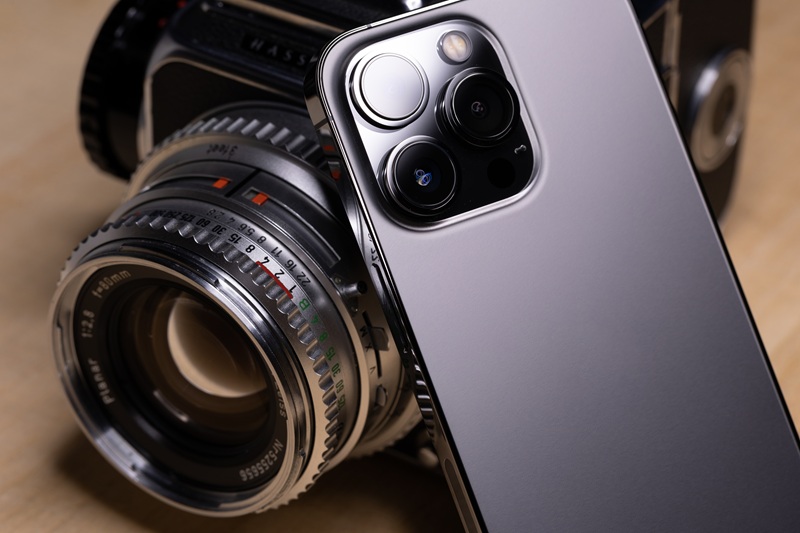
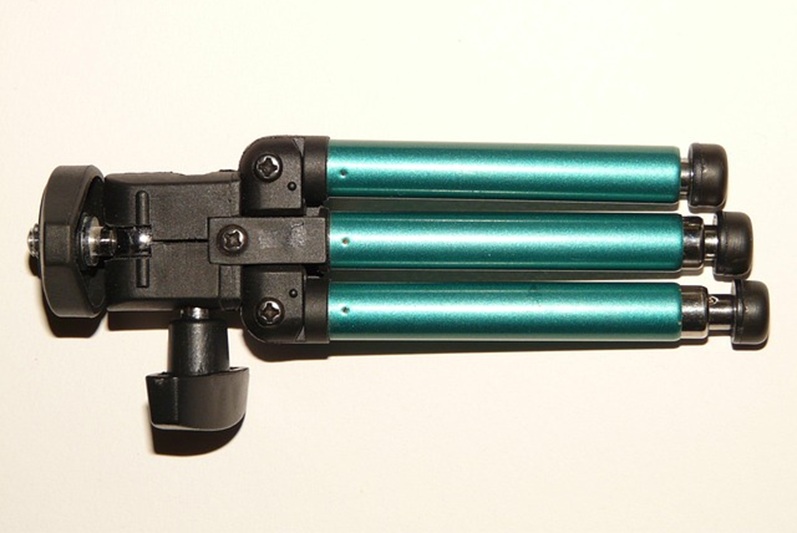
Having the right equipment is essential for vehicle photography, though it doesn’t have to break the bank. A tripod is crucial for stability and sharp images, a gimbal can smooth out video, and a high-resolution camera, even a modern cellphone camera, can deliver excellent results. If you’re looking to provide more immersive view, a 360-degree camera can be another great addition to your camera bag.
Don’t underestimate the impact of weather on your photos. Aim to keep the sun behind you as much as possible to control shadows, and embrace overcast days, which provide naturally diffused light. Don’t shy away from shooting in rain or snow, as these conditions can also provide solid lighting a dramatic effect to your photos.
Key Takeaways
Mastering the art of vehicle photography requires attention to detail, consistency, and a willingness to adapt to different conditions. By implementing the best practices outlined in this guide, from maintaining level shots and utilizing natural light to staging your vehicles effectively and understanding the role of AI tools, you can significantly enhance the visual appeal of your listings.
Ultimately, these efforts will not only showcase your vehicles in their best light but also build trust and transparency with your customers, leading to increased engagement and conversions.
At Surfwrench, we understand the power of optimizing your vehicle listings. We’re here to help you implement these best practices and turbo charge your online presence. Contact us today at 877-653-5828 or email us at [email protected] to learn more about our digital marketing solutions tailored for automotive dealerships.

